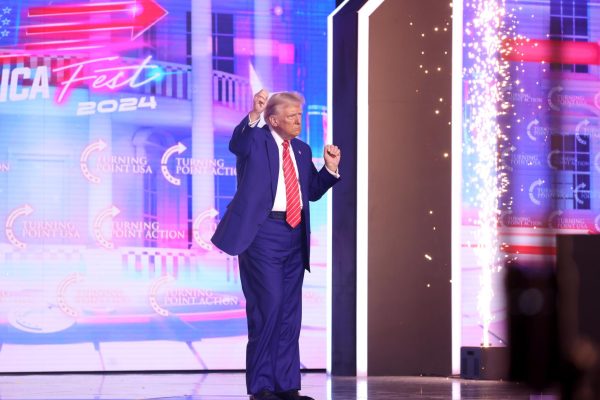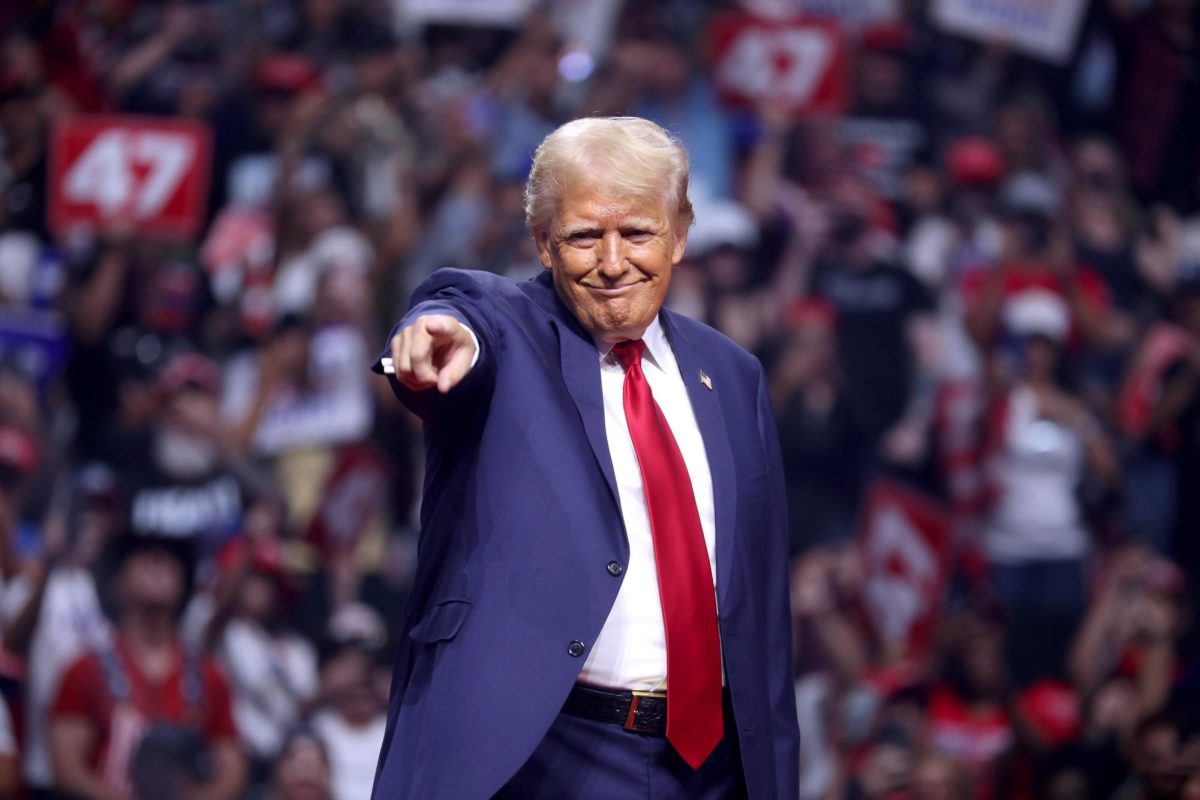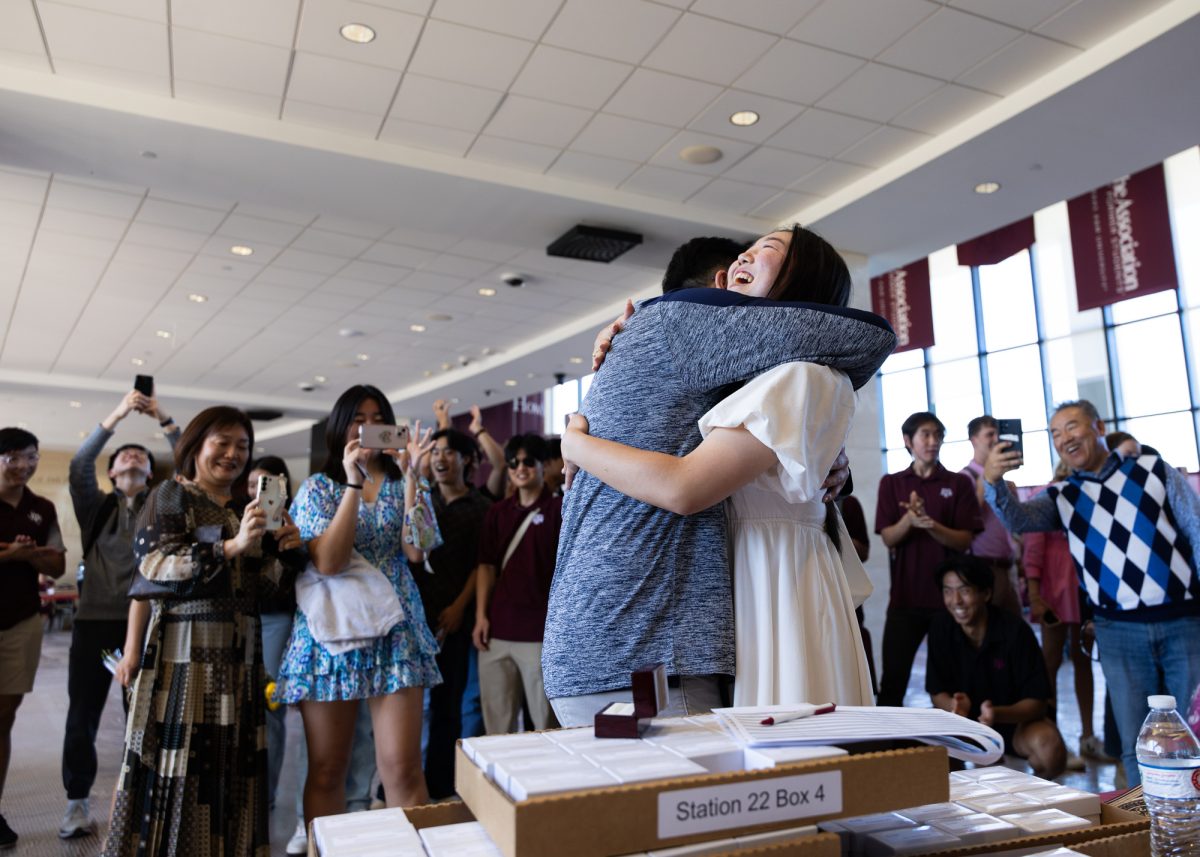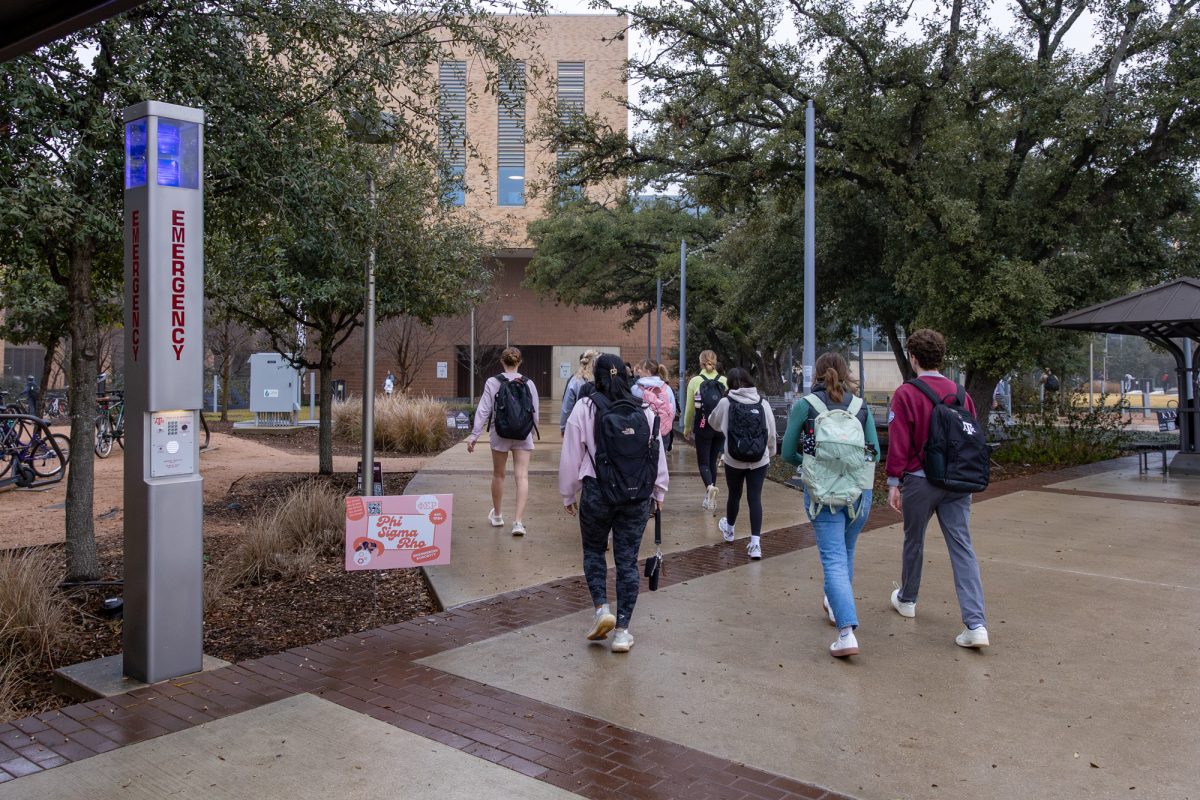The day is Nov. 5, 2024.
After weeks of waiting, I found myself in The Batt newsroom, watching the votes roll in and making my final election day predictions.
“The polls say Trump will win, and they’re probably right,” I thought. “He’ll take Georgia, Wisconsin, Arizona and North Carolina. Then he’ll probably win one more swing state, although I’m not sure which one. He definitely won’t win the popular vote though, that hasn’t happened for Republicans in ages.”
As we all know, President Donald Trump did end up winning the election, taking all the swing states I predicted. Shockingly, however, he took every single swing state and even the popular vote. It was certainly a historic day.
We’ve now reached Trump’s second term, and I’m trying to sort out just one question: How will this term differ from his first?
To answer this question, I think it’s useful to divide Trump’s past, present and future presidential actions into two primary categories: domestic and foreign.
First, we’ll look at the decisions Trump has made so far in this term. Then, we’ll compare these decisions to the early moments of his previous administration, seeing where the differences — or similarities — lie. I’ll establish Trump’s ideological thru-line; a roadmap based on his present and past actions concerning how these two administrations might differ — or coalesce — as time goes on.
Domestic affairs
To date, 45 executive orders have been issued in Trump’s second term. These orders run the gamut on issues of policy; some seek to eliminate DEI initiatives — diversity, equity and inclusion — from the federal administration. Some are focused on deporting immigrants, while others still seek to simply rescind old executive orders, among other things.
Generally speaking, Trump’s 2025 executive actions can be classed into two groups: immigration actions, DEI actions. A third concern of Trump’s is economic action; even then, his most prominent executive orders relating to spending have been seriously contested in court and seem to not be going anywhere anytime soon. He’s also placed a lot of emphasis on tariffs, but we’ll cover those later, as they’re more related to foreign policy.
This immigration-and-DEI-focused approach, with little attention paid to economics, provides a stark contrast to Trump’s first slate of executive orders issued in 2017. This is true in both the nature of the orders themselves and volume. Trump only issued 55 executive orders in all of 2017; this time, he’s issued 45 in two weeks.
Of those first-term executive orders, nearly all were concerned with economic activity, trade, natural resources or other matters of domestic production and infrastructure. Aside from a few miscellaneous orders on healthcare, freedom of speech and national security, there was little to be said about immigration or DEI.
It’s also worth noting that Trump is more focused on hiring devotees to his cabinet this time around. Previously, he had a lot of so-called “Republicans in name only,” or “RINO” mainstays in his cabinet. The new cabinet is primarily composed of those fully behind the MAGA movement. What that means for the federal administration remains to be seen.
Trump has, of course, done things outside of executive action and cabinet-picking; however, it’s hard to fully estimate to what degree he’s changed, or will change, things outside of his written actions.
Nonetheless, the theme is consistent: Trump was more economically motivated last time, and now he’s focused on immigration and DEI.

Foreign policy
One word: tariffs.
It’s going to take longer than 10 days for Trump to set the American foreign policy theme for his second administration, but there is an undeniable difference from his first administration. Trump is all-in on tariffs now, contrary to his previously strong — although in contrast rather middling — use of them.
So far, Trump is planning to impose a 25% tariff on all Mexican and Canadian goods, with a small caveat of a reduced 10% rate for Canadian energy production. These tariffs have been delayed for the time being, but they’re still scheduled to come through the pipeline. In addition, Trump is putting a 10% tariff on all imports from China. He also said that tariffs on the European Union will happen “pretty soon.”
In contrast to this protectionist approach, Trump’s previous tariffs were mostly levied on certain goods such as washing machines, steel and aluminum. He didn’t even begin levying those tariffs until 2018, and — in a surprising difference from his current stance — he actually helped promote free trade in his first term through his negotiation of a replacement treaty for NAFTA, which provides for free trade between the U.S. and select North American partner nations.
It’s worth noting that I can’t accurately formulate the entire difference between Trump’s first and second term’s foreign policy priorities purely through his tariffs, especially just a few weeks into this administration. The jury’s still out on what he will do in the next four years, and I have only a small lens through which to compare the potential differences that will arise. But it’s safe to say Trump will be far more protectionist — and perhaps more isolationist — during this administration than the last.
Takeaways
I’m taking two things away from the new administration’s recent actions that might give us insight into what the future holds.
The first is that Trump is not very interested in economics, at least not for the moment. We’re going to get a boatload of anti-DEI, anti-open immigration and heavily protectionist policies in the coming years. Whether he will move back to the traditional mores of Republican politics remains to be seen.
The second is that MAGA is a full-blown movement. Any beliefs that “RINO” ideas will return as the dominant influence in the Republican Party are now clearly mistaken. The Trumpian right is a force unto itself; one wrapped in populism, protectionism and a zealous mission to fight DEI.
Whether you believe this is good or bad, it’s coming. We’ve entered a new moment in American history.
Kaleb Blizzard is a philosophy sophomore and opinion writer for The Battalion.











